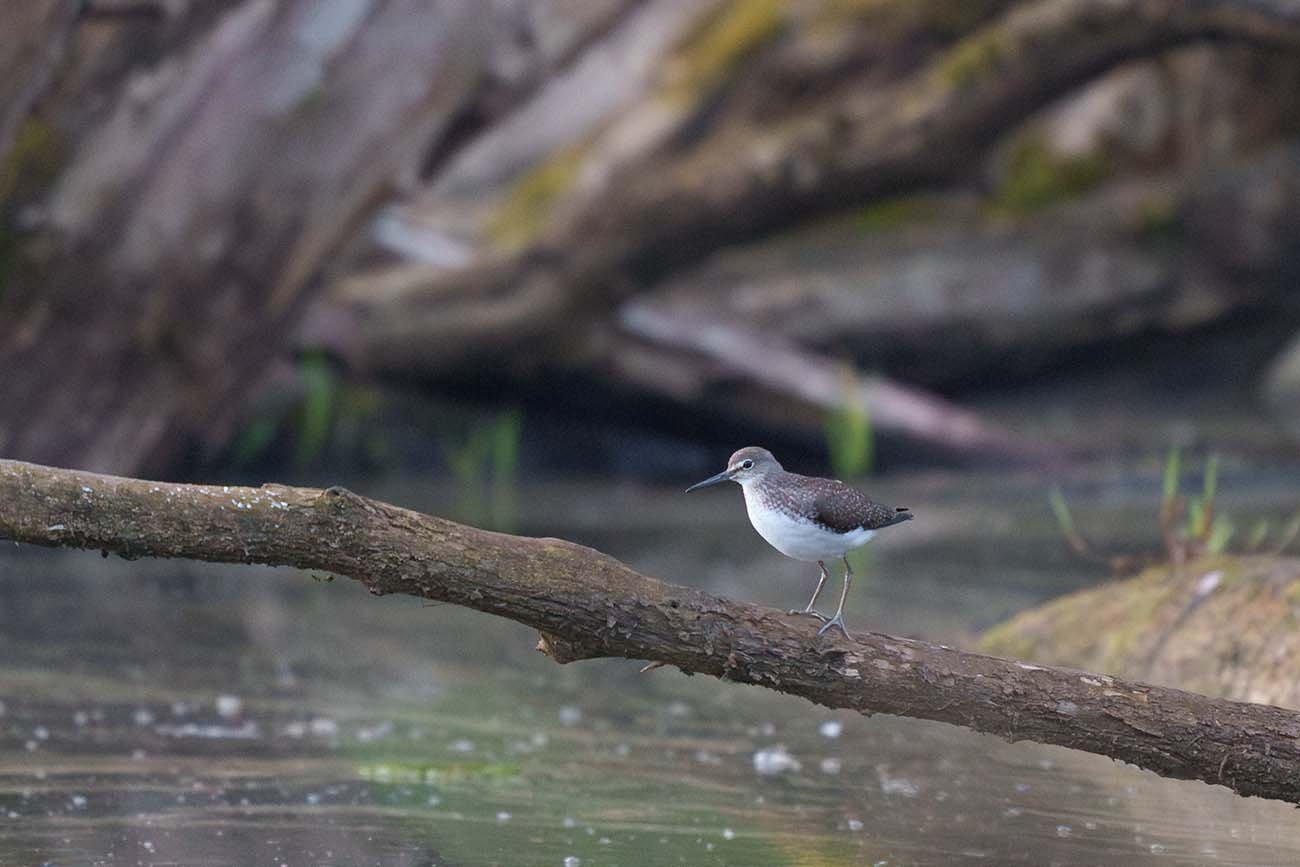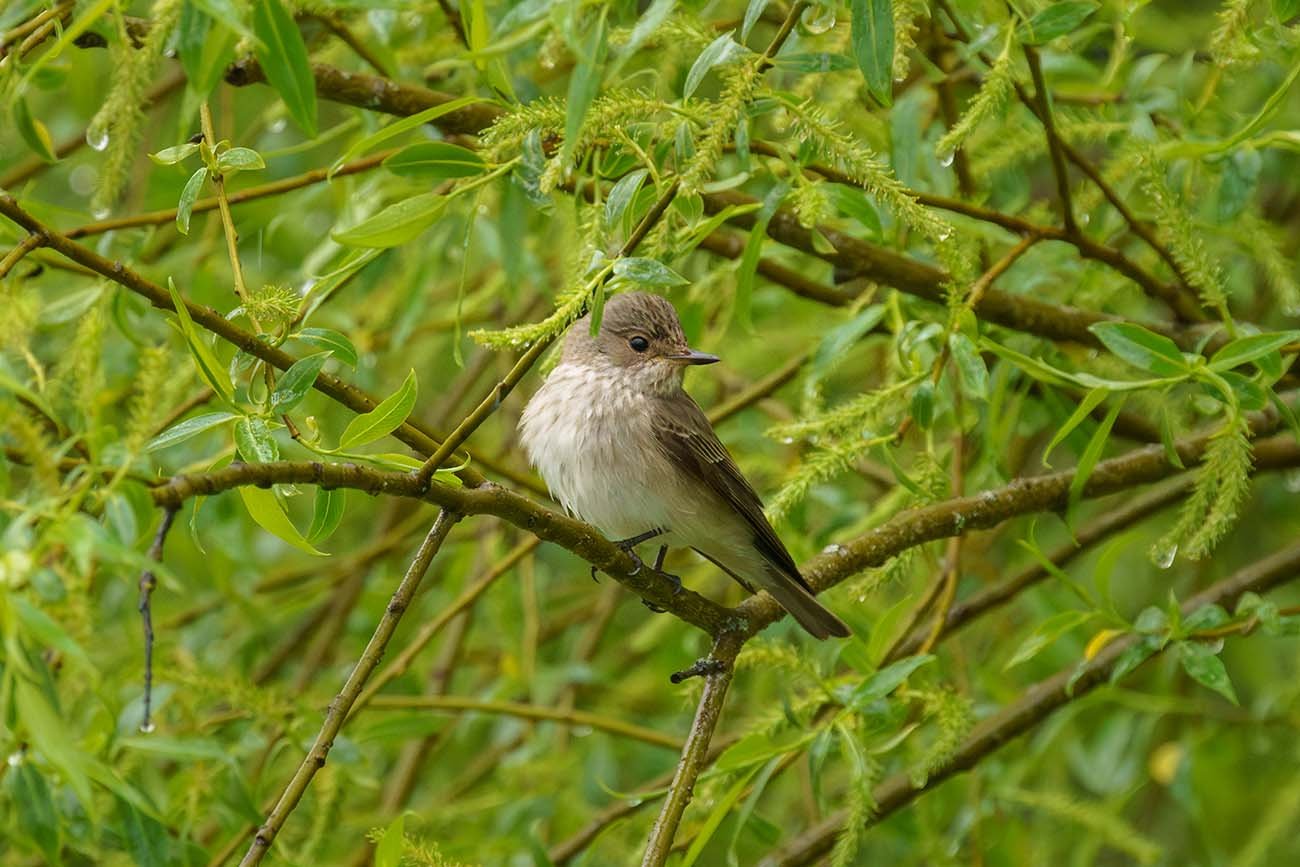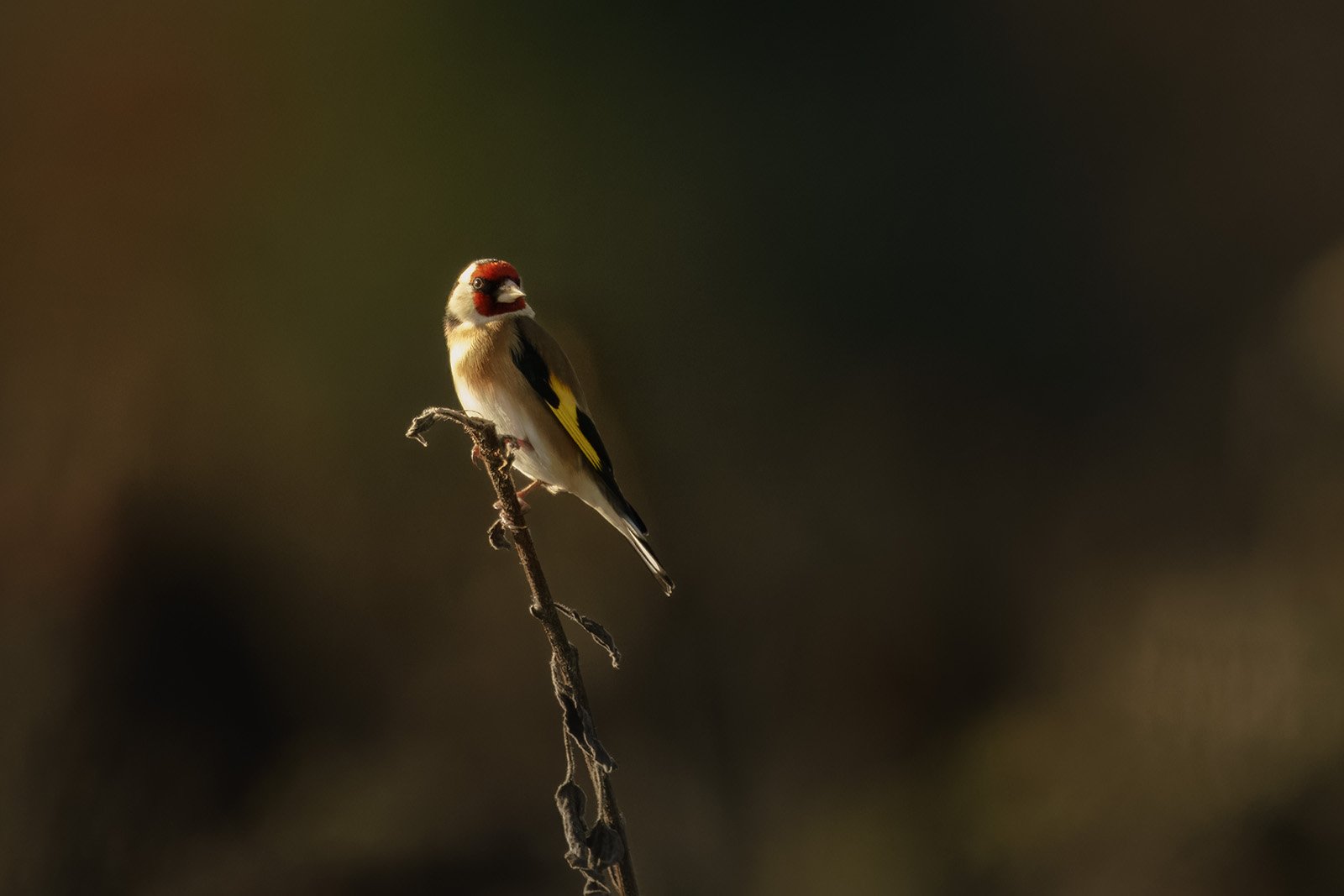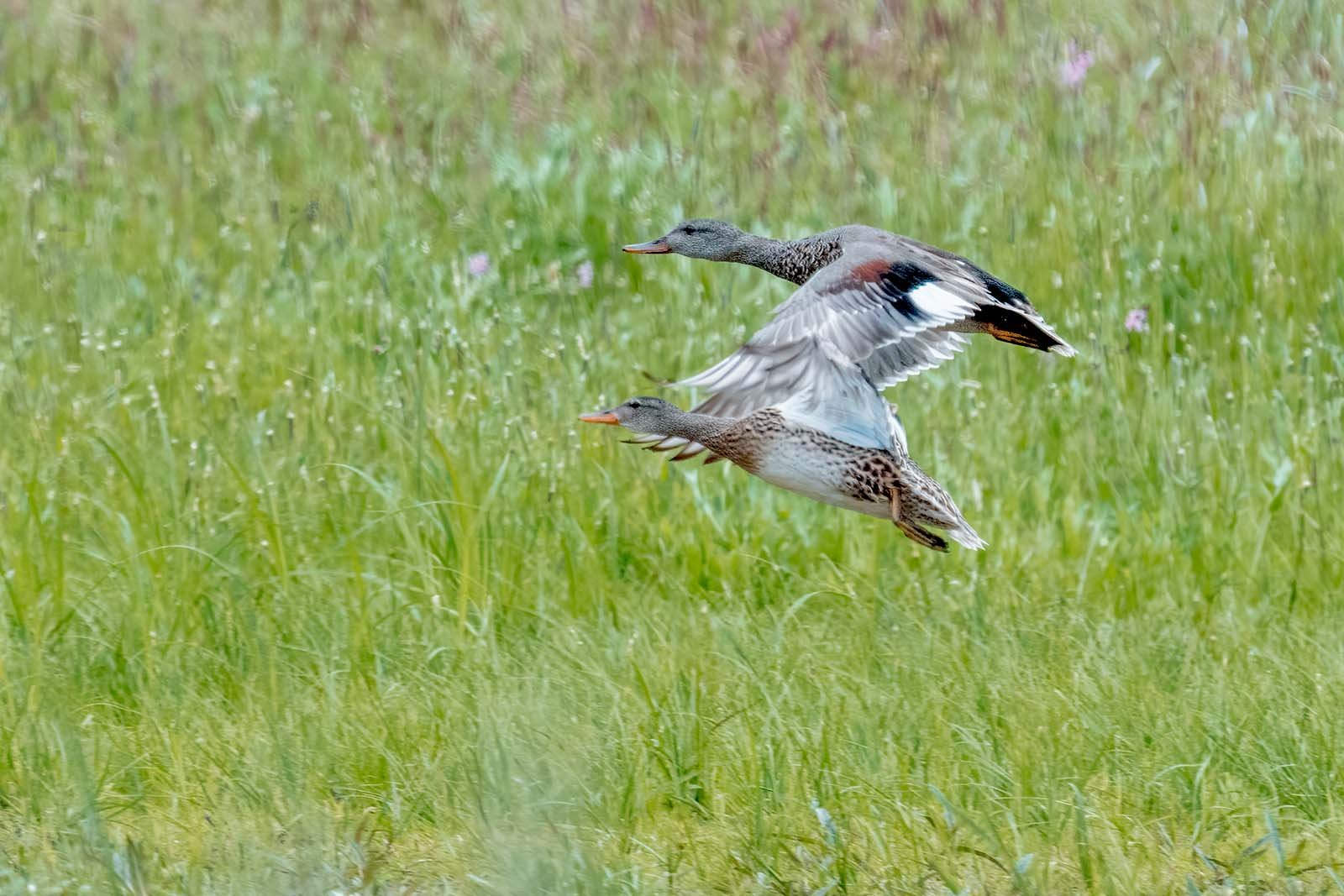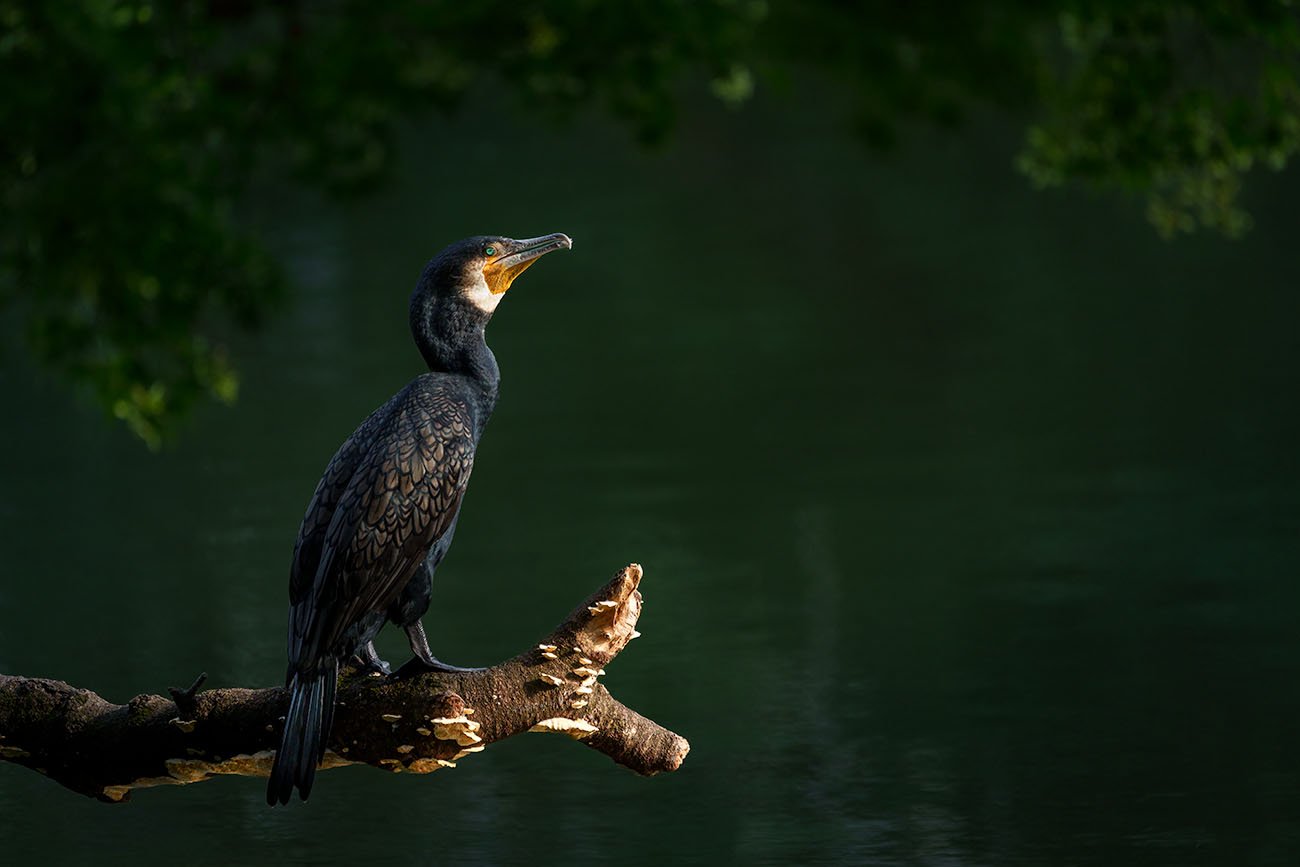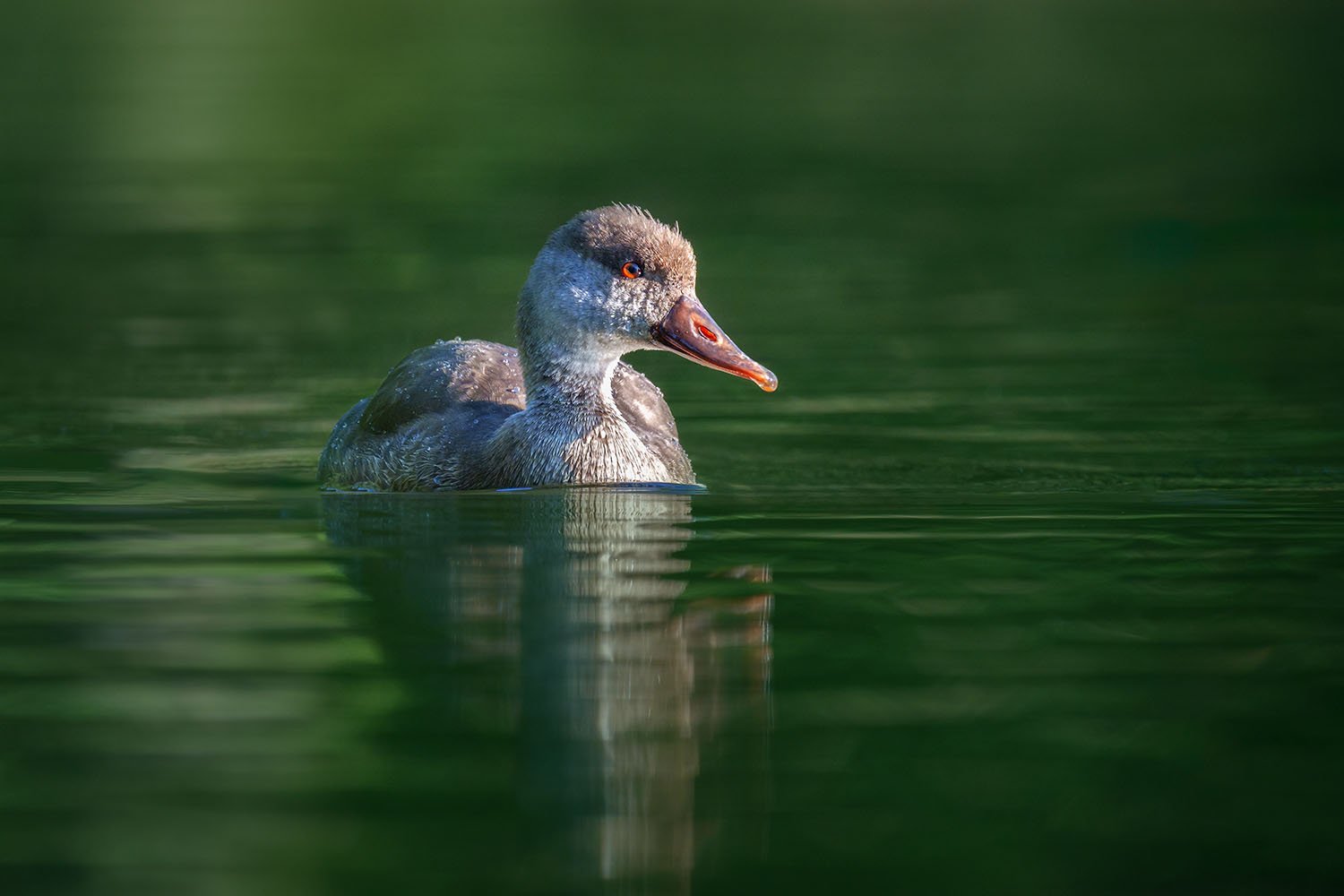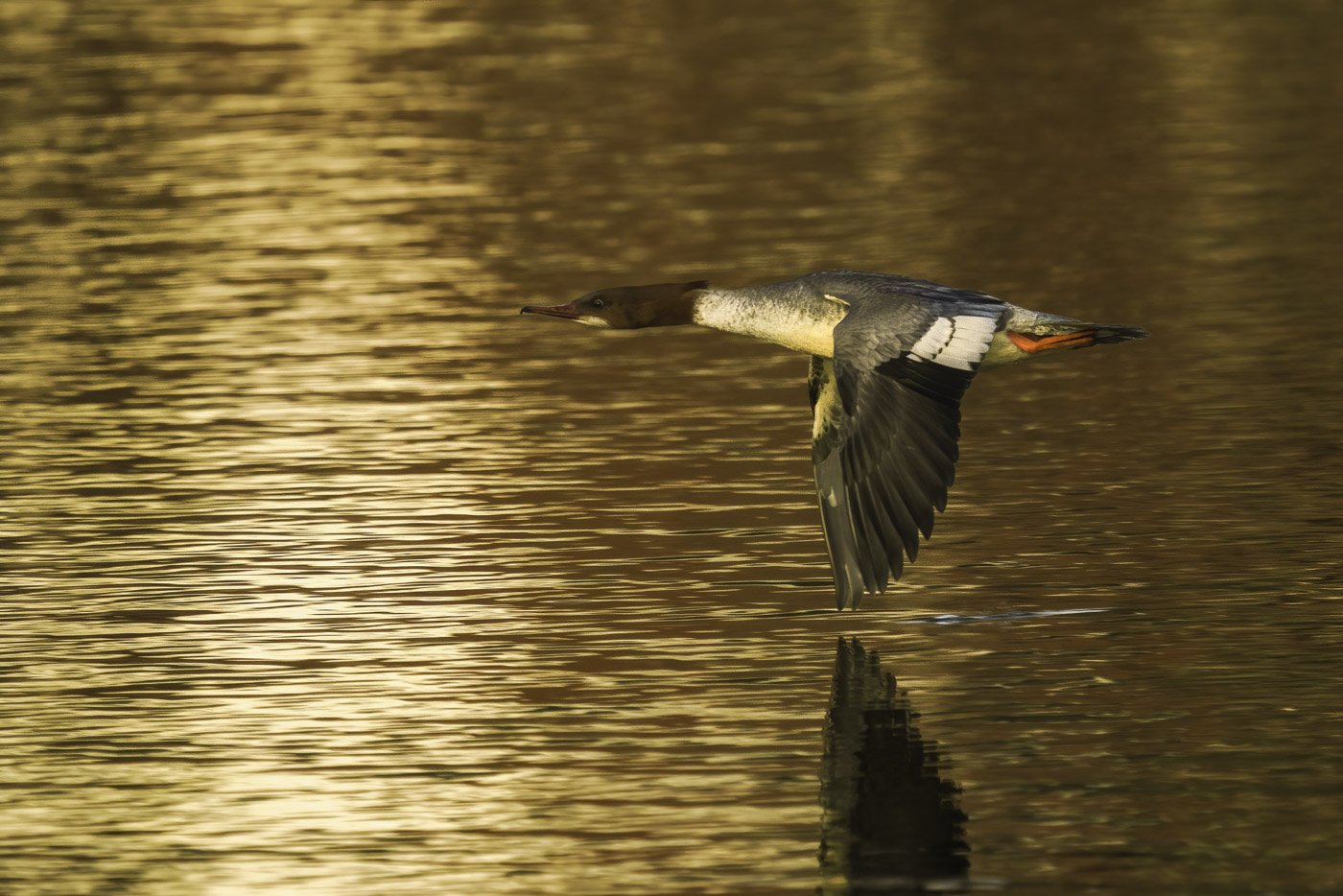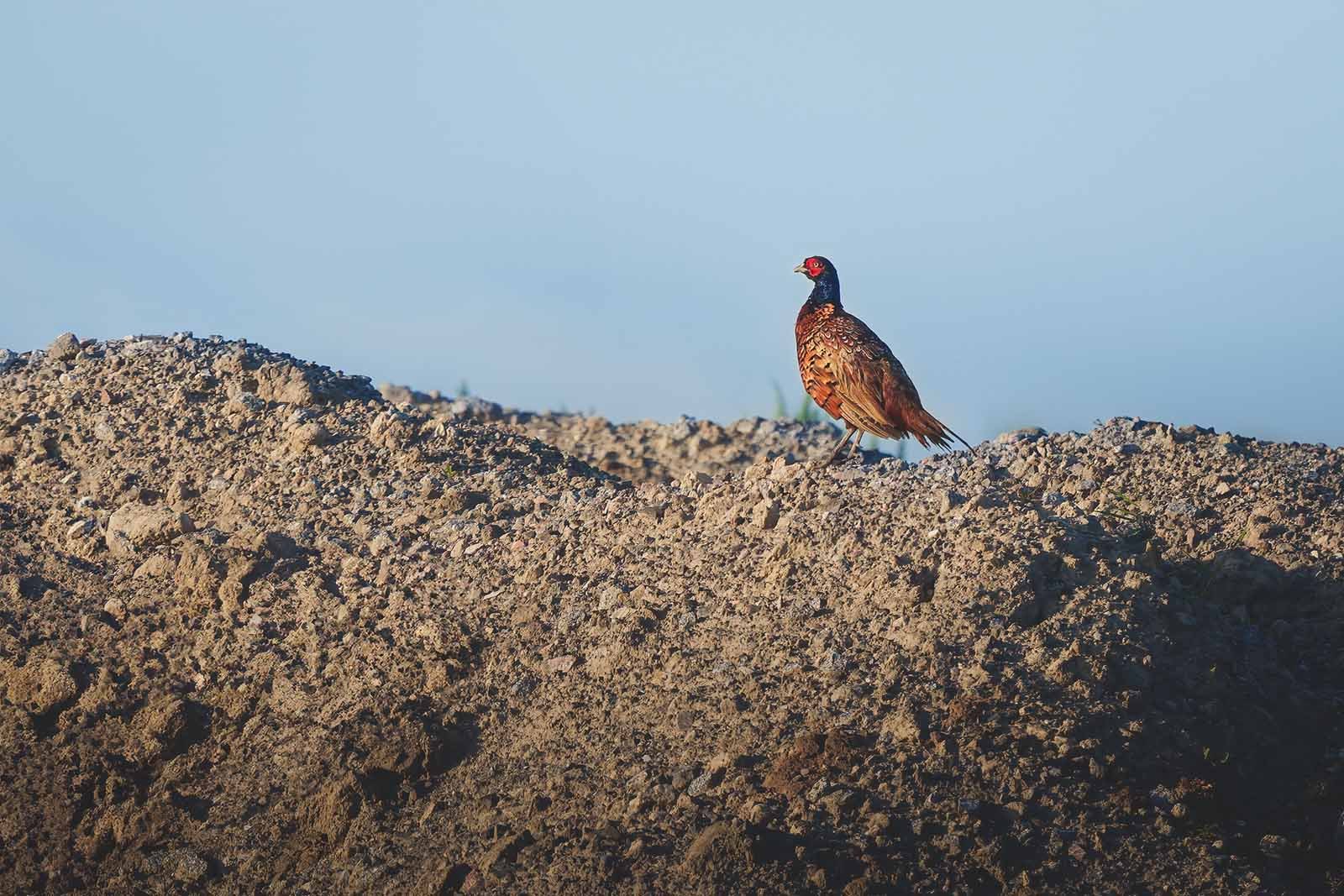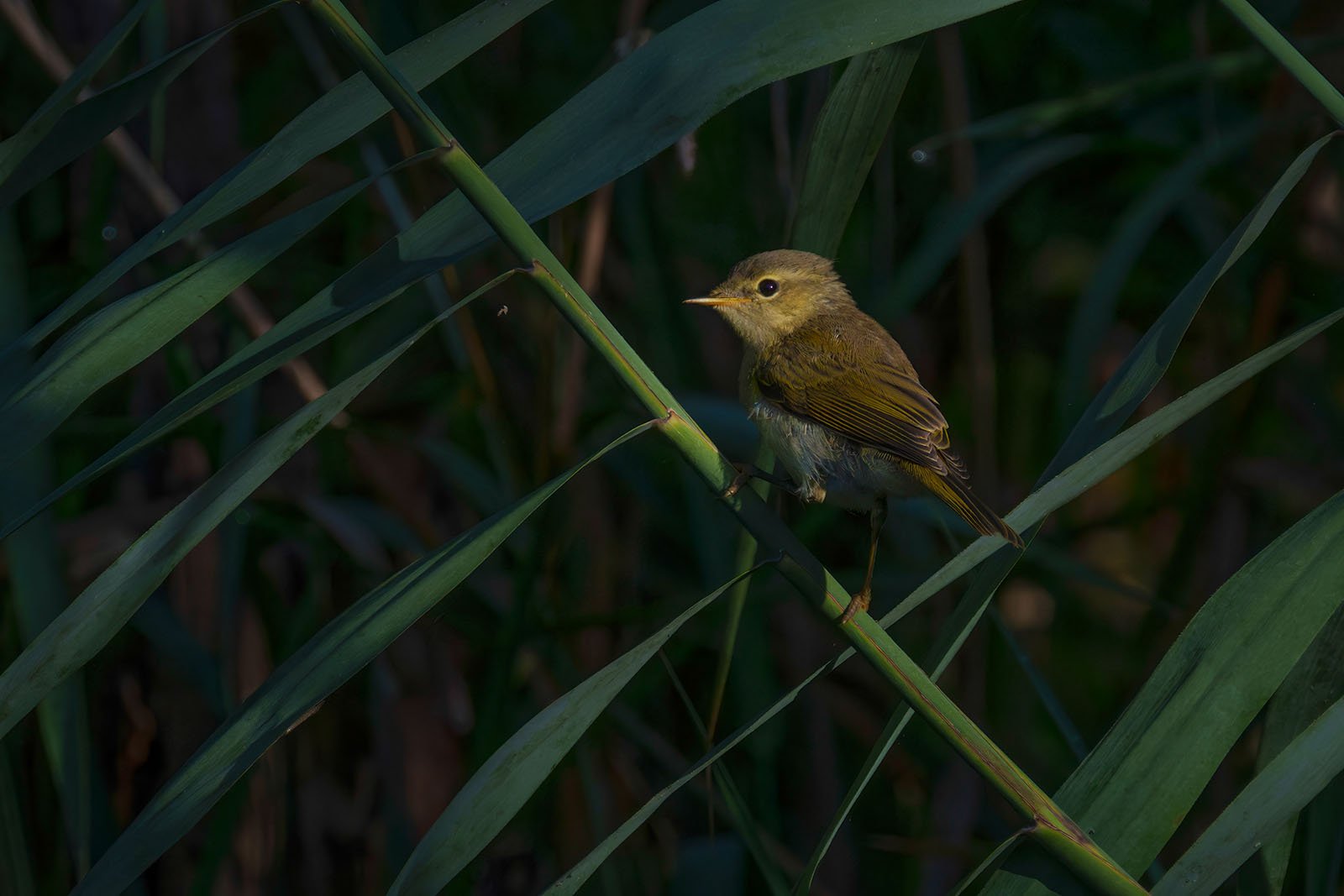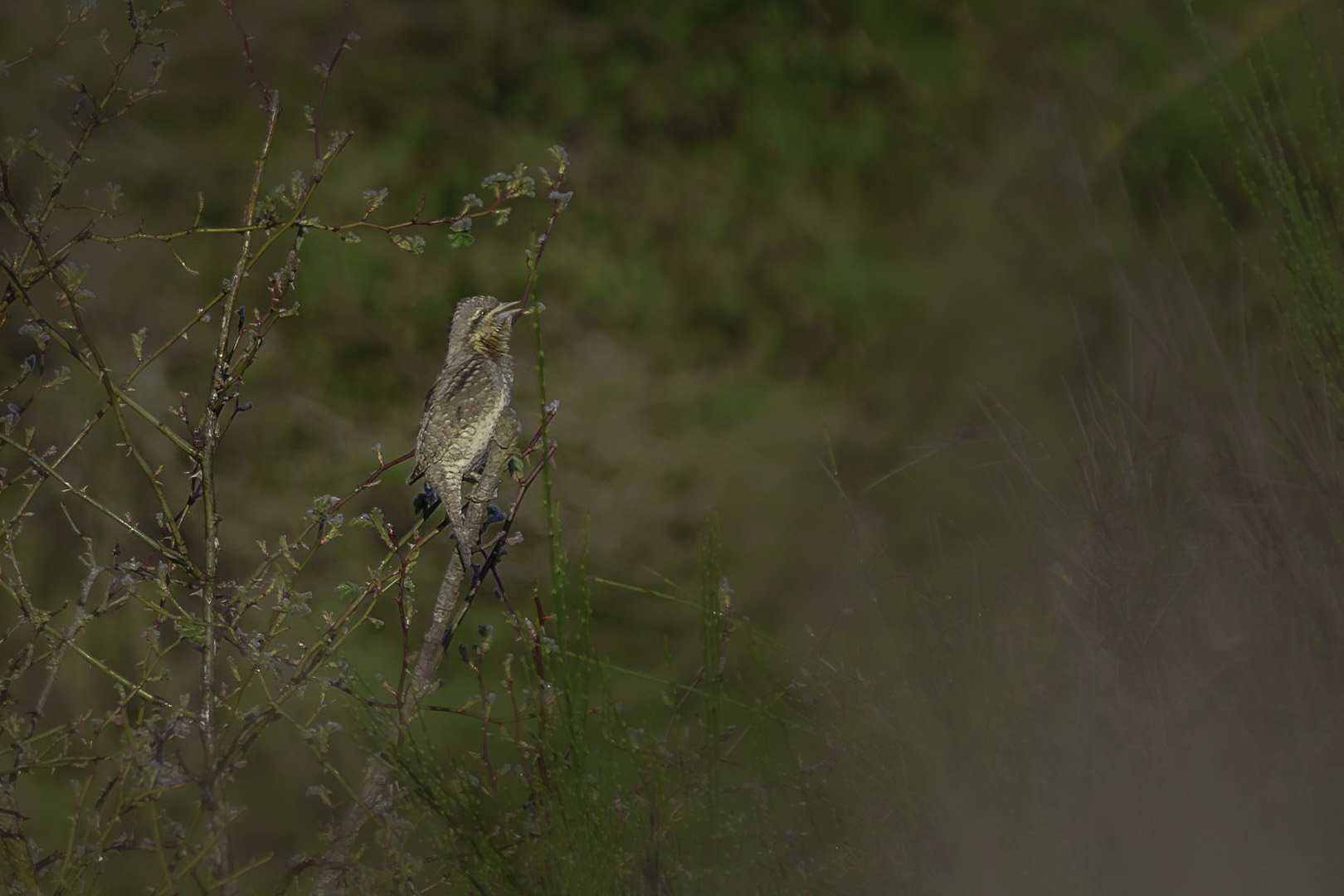Common raven (Corvus corax)
Common Raven (Corvus corax) - Picture taken in Mecklenburg-Western Pomerania, Germany
Key Facts
Size: 54 - 67 cm
Weight: 0.69 - 1.5 kg
Diet: Omnivorous: Berries, fruits, grains, small vertebrates, insects, earthworms, bird eggs, carrion
Season: All year round
Observation Tip: Forests, agricultural landscapes, meadows, parks
Photography Tips
Lens: Starting from 200 mm
Difficulty Level: Easy
The Common Raven (Corvus corax) is a songbird belonging to the family Corvidae and is the largest raven species in Europe. Its scientific name is derived from the Greek "Corax" and the Latin "Corvus," both meaning "raven." The first syllable of its German name, "Kolk," is likely onomatopoeic and mimics the bird's call. The species became extinct in large parts of Central Europe by 1940 due to human persecution but recovered as persecution declined.
Description
The Common Raven reaches a length of 54 to 67 cm and a wingspan of 115 to 130 cm. Males are slightly larger and heavier on average than females. The plumage of adult birds is uniformly black and shines metallic green or blue-violet depending on the light. The throat feathers are elongated and lanceolate, and the tail is wedge-shaped at the end. Young birds have a less glossy, brownish-black plumage and a blue-gray iris. They acquire the typical adult plumage only at the age of three.
Habitat and Diet
Common Ravens are highly adaptable and inhabit various habitats such as high mountains, forests, open and semi-open landscapes. They are omnivores and feed on a variety of small vertebrates, insects, earthworms, carrion, fruits, and human food scraps.
Distribution and Population
The distribution range of the Common Raven extends over large parts of the Holarctic, from Ireland, Iceland, and Portugal in the west to Kamchatka in the east. In the Nearctic, it ranges from Alaska and northern Canada to Nicaragua. Distribution gaps in Central and Western Europe, as well as in the eastern United States, are due to human persecution.
In the past, the Common Raven was relentlessly persecuted due to its perceived harmfulness to hunting and agriculture, leading to its extinction in some areas. After World War II and the associated hunting ban, the population recovered and began to recolonize extinct areas in Central Europe since around 1960. In Germany, Common Ravens are subject to hunting laws but have a year-round closed season. The IUCN estimated the global population at around 16 million individuals in 2003 and classified the species as of least concern.

